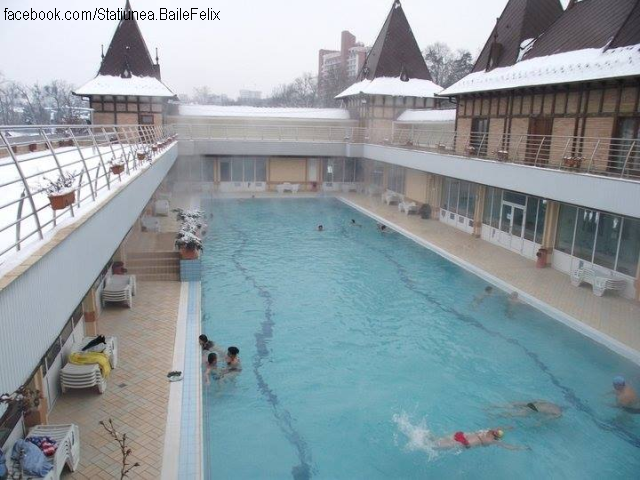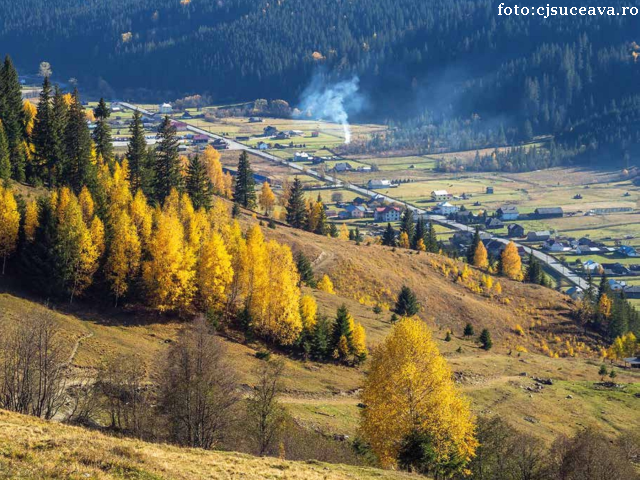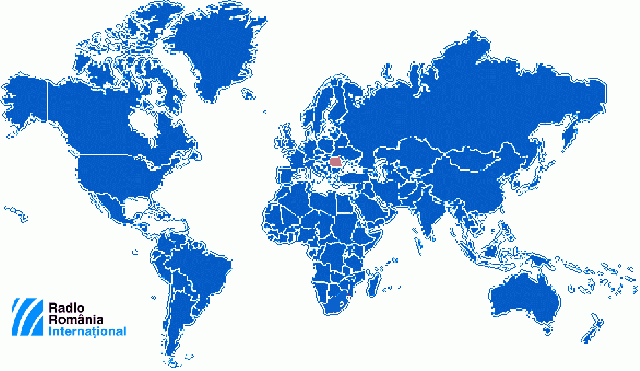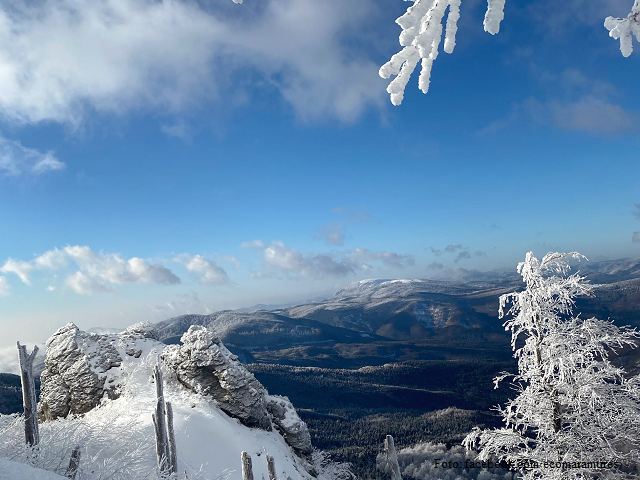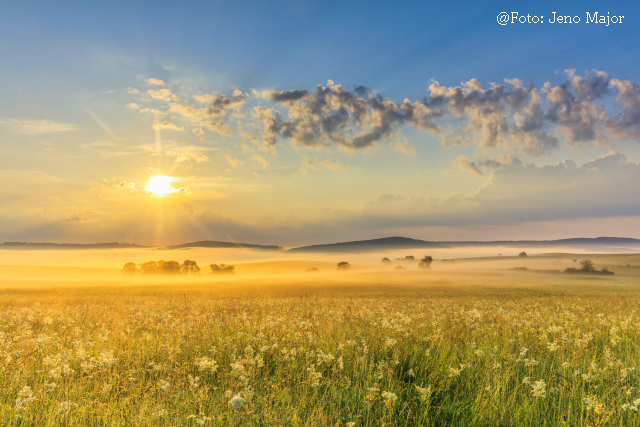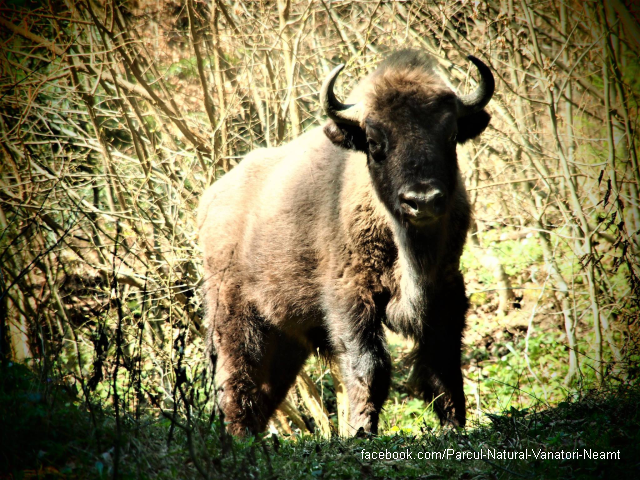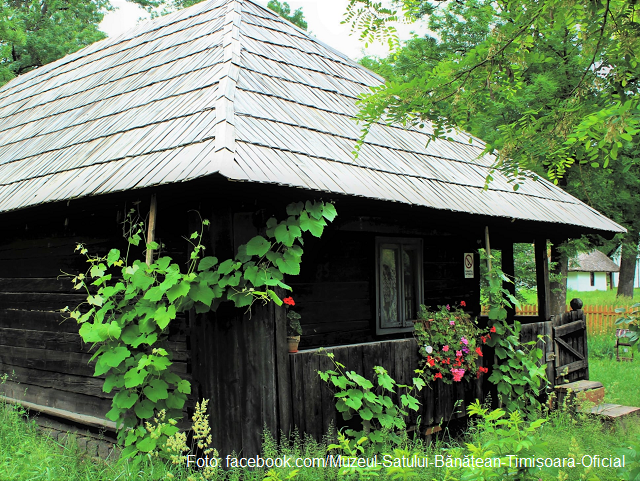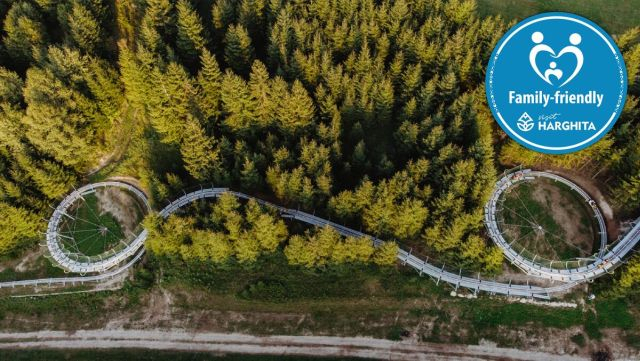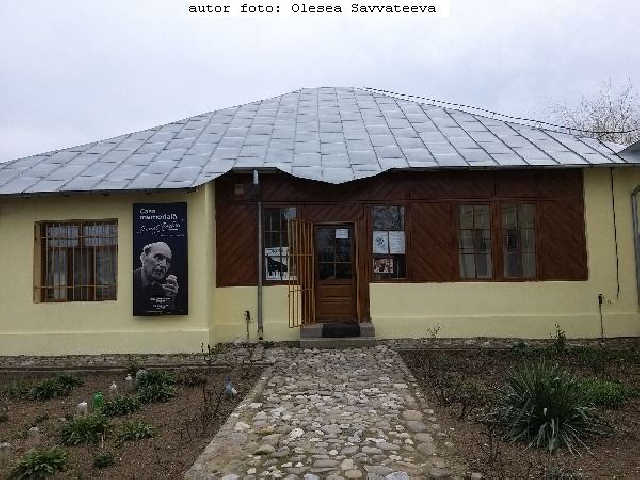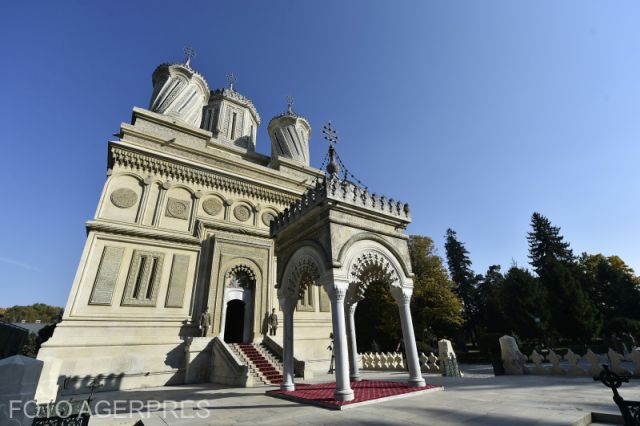Romania holds one third of Europe’s thermal waters and
60% of its mineral water reserves. From the point of view of accommodation, the
share of spa tourism in the Romanian tourism is between 20% and 25%. It is a
dynamic field, with changes from one year to the next, with a strong development in rural areas. Together with our guest today, Nicu Rădulescu,
the president of the Romanian
Spa Tourism Employers’ Association, we will look at the most sought-after destinations as well as at spa treatments.
Nicu Rădulescu: Most accommodation facilities can
be found in the resorts of Băile Felix, Călimănesti-Căciulata and Sovata. There
is a massive concentration of accommodation there. There are three large
resorts, which also have a historical tradition. Of course, we should not
forget about the so-called ‘old lady’ of the Romanian spa tourism, Băile Herculane
resort. However, modernization works were undertaken mostly in these three
resorts, where much more was invested. Now we are also waiting for major
investments to be started by my colleagues in Băile Herculane. There are
already a few daring investors who have done some special things, but
expectations are much higher, because Băile Herculane resort is indeed an area
with a lot of resources, both spa and ecotourist.
Spa treatments
have a long tradition, Romania being among the first countries in the world to
create a scientific society of balneology and climatology. We asked our guest,
Nicu Rădulescu, the president of the Employers’ Organization of Spa Tourism in
Romania, if we can combine spa treatment with the passion for history.
Nicu Rădulescu: Spa
resorts boast extraordinary histories. For example, many extraordinary events
took place in Băile Herculane spa resort. It was part of an empire; it went
through wars. There are other smaller resorts too. Germisara resort is as old
as Herculane resort, although it is perhaps less famous. Geoagiu Băi resort was
called Germisara. The resort of Slănic Moldova, for example, was visited by
ruler Alexandru Ioan Cuza, who discussed with his fellow Romanians about the
historical events that were to take place: the Small Union and the Great Union.
So, we have every reason to believe that these resorts, both in the days of
yore and in the more recent centuries, in the 19th century, were,
indeed, not only vestiges of culture, but also places where extraordinary
people met, who organized various events. So, spa resorts have an extraordinary
history and a large part of them is located in natural parks, which really
gives them even more brilliance. Nowadays, we are talking about a much more
sophisticated tourism than before. People come not only for treatments, but
also for walks on tourist routes, some come for canoeing and others for rock
climbing.
The year 2022
was characterized by a bigger flow of tourists to the spa resorts, over 90% of
them being Romanian tourists:
Nicu Rădulescu: Romanians
have begun to rediscover natural treatments in spa resorts. We have noticed
that, while 10-15 years ago the average age of tourists was somewhere over 50,
nowadays young people have started to come to spa resorts. Preventive treatment
has a very important role. Almost all 4-star hotels have, in addition to a
modern treatment base that provides treatment for those who have certain
ailments, spa and wellness centers which are well equipped and where young people
can come to take care of their health. We have tourists aged 20, 30, 35, so the
average tends to get lower. There haven’t been a lot of foreign tourists, about
10%, but this was because of the travel restrictions, of the war, of the
complex problems in Ukraine. Still, Romania is a safe destination and I’m sure
in the coming years we will get back to our traditional markets, like Germany,
Israel, France. On the other hand, the Romanian sea coast is in itself a huge
spa resort. At present, the Romanian seaside has the most complex natural
treatment elements, including the mud in Techirghiol, the sapropelic coal in
Eforie, the sea water itself. Our colleagues in Mangalia and those in
Techirghiol have achieved a true revolution in terms of spa medicine.
And here are
some offers as well. In Bǎile Herculane, a 7-night stay in a double room in May
costs EUR 540 per person, including a medical checkup and treatment for 5 days
as well as full board. In Bǎile Felix, a
7-night package in a 4-star hotel in a double room reaches EUR 950, complete
with a medical checkup, treatment for 5 days, half board and access to the Aqua Park, saunas and jacuzzi.
Nicu
Rǎdulescu, president of the Romanian Spa Tourism Employers’ Association, says
Romania is a quite active member of the European Spa Association:
Nicu Rădulescu: At present,
in terms of packages of services, of trained personnel, and of quality, we are
at European level. Our colleagues even received awards. In 2022, 3 spa resorts
were on the podium, winning various categories, which is something we could not
do 5-6 years ago. The interest shown by the line ministry in this respect may
contribute to this, and I strongly believe this sector deserves a strong
investment system through facilities offered by the government. Also, the
training of our medical personnel is highly respected at European level. We
have very good physiotherapists, very good professionals in the spa area, and
balneology as a science is well developed in Romania. There is a noteworthy
tradition in this respect, and the Physical Medicine and Balneology Institute
in Bucharest trains outstanding specialists.
As a rule, spa resorts are
located in areas with notable tourist potential, so when you book a stay there,
you will have an opportunity to mix treatments with visits to arts and crafts
centres, to various tourist sites and sports activities like hiking. (LS, AMP)
